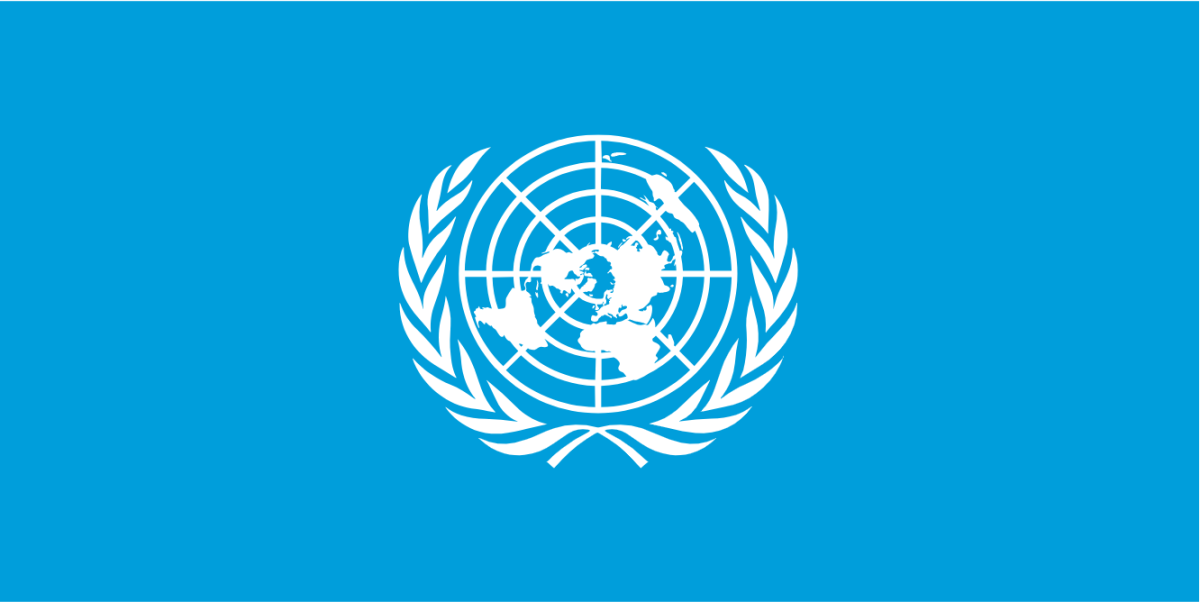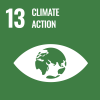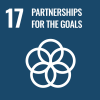
Identifying the population groups at greatest risk due to climate-related events, understanding the specific risks they incur, and monitoring the interventions to reduce their vulnerability requires basic indicators on populations in vulnerable zones. Furthermore, these indicators must meet international criteria for standardized sources and methods, frequency and continuity, and be easy to understand. When such fine-grained information is missing, rigorous climate impact assessments and the capacity of policymakers to respond are seriously challenged.
People living in low-lying coastal areas and drylands, in mountainous, rural areas (especially in low-income developing countries), in remote areas, and population groups whose livelihoods rely on forest products are generally the most vulnerable to climate hazards. Rapid urbanization is also leading to the growth of vulnerable communities in informal settlements with inadequate land management. Yet, basic information on population size, socioeconomic characteristics and risk factors which could help identify those groups remains in the form of very rough approximations. Some of those groups are difficult to reach owing to their geographical location, but the lack of basic information is also a result of insufficient resources for producing statistics at the level of disaggregation required to identify specific population groups. Much of the information available so far comes from academic work and specialized researchers, and has been prepared using various and often inconsistent concepts, methods and classifications, covering only a few and differing years. While this research provides a basic foundation for continuing work on concepts and methods and for benchmark approximations, for monitoring and policy purposes they must become part of official national and international programmes, compiled and issued on a regular basis by or in association with official specialized services.
Harmonization and integration of data sources, concepts and methods
Even though much progress has been made in recent years on the production of basic statistics to capture the impact of climate hazards, critical gaps remain in the production of reliable data series that are consistent over time and comparable across the various research domains. The large number of research projects focussed on the impact of climate change is generating useful data to meet the specific research objectives of those projects, but they are short of producing complete systematic information on vulnerable populations with the required geographical detail, frequency and continuity. There is wide recognition about the importance of supporting the harmonization and integration across the wide range of data programmes necessary to identify climate change impacts on vulnerable population groups, including "layering" official statistics on population and their main characteristics (such as occupation, urban/rural area of residence and poverty levels) with corresponding geographical ecozones. Building an interface of data sources and methods, especially between official national statistics and global geospatial information, is critical for the production of integrated data series. Although complex statistical sources and methods such as population censuses and surveys are widely used in all countries to monitor population and its social and economic characteristics, they cannot be easily integrated with the wide variety of sources and methods used in geospatial measurement and environmental conditions. Incompatible definitions and classifications of administrative boundaries, ecozones and the difference in time periods covered across these diverse data sources make it difficult to produce reliable statistics and indicators for small geographical areas. Some recommendations have already been made towards the establishment of international standards in the following areas:
- harmonizing definitions and classifications relating to vulnerable eco-zones and regions and their vulnerabilities;
- ensuring the capacity to "layer" detailed data on population, urban-rural residence and poverty in their respective geographical ecozones and regions;
- strengthening national capacities to compile time series on vulnerable populations in countries, from national and international sources;
- building countries’ capacity to integrate across data sources, especially national statistics with global geospatial information in order to produce integrated data series.
Enhance collaboration across disciplines and across borders
Development of an integrated information system to guide climate resilience policies will depend on the capacity of a large number of data producers to coordinate efforts. In most countries, institutional experience, capacity and responsibility for the statistics needed to monitor and analyse climate change, exposed populations and impacts are widely dispersed across Governments and international organizations, with little communication among the different specialties. In developing regions, only a few Governments have adequate capacities for the needed data collection and analysis; and often, they continue to lack strong mechanisms for essential national and international collaboration in many instances. Few among the least developed countries, landlocked developing countries, small-island developing States and other countries in special situations such as conflicts, have such capacities. The adoption of the 2030 Agenda for Sustainable Development provides a unique opportunity to bring attention and additional resources to the construction of the statistical systems required for policy implementation, including building climate change resilience. The international community has turned attention to identifying the indicators that will support the follow-up and review of the 17 goals and 169 targets contained therein. Similar attention needs to be placed on strengthening the new forms of data development, integration, and analysis to support policy implementation. Systematic official statistics are needed for all countries in, at the very least, all the following areas: population and demography, including income, occupation and poverty, education and health; economic activity in agriculture, fishing and forestry; cartography and geographic information systems; meteorology; geology and land use, hydrology and ecology; and natural disasters. Meeting the challenge of identifying those vulnerable to climate hazards, understanding the risks they incur, and monitoring the effect of interventions in reducing that vulnerability require unprecedented levels of cooperation at the global and national levels. Strengthened international cooperation needs to be the foundation for a new form of data development and for building capacity on the effective use of data.
 Welcome to the United Nations
Welcome to the United Nations

